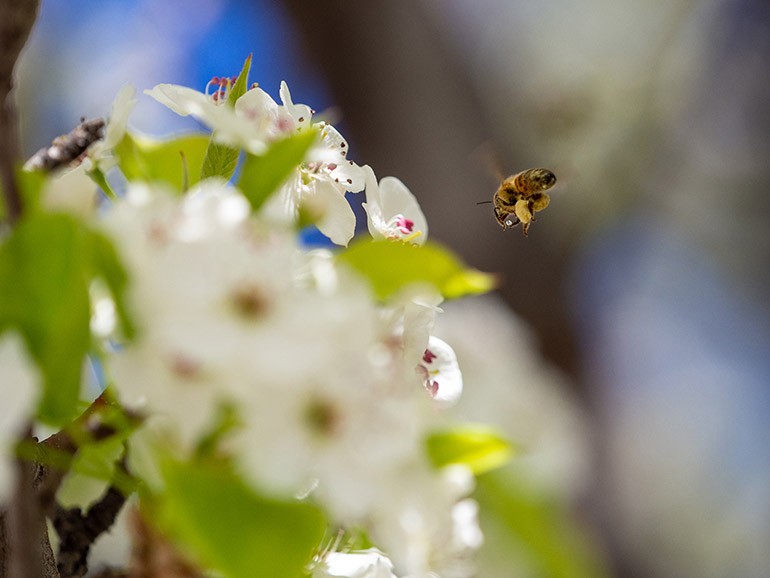
New UBCO research looks at how brand loyalty and attachment to retail spaces can impact shoppers.
Frosty mornings and twinkling lights are reminders that holiday shopping is just around the corner.
While online shopping was the norm last year, many people may be looking forward to heading to the malls for an in-person experience.
Annamma Joy, professor at UBC Okanagan’s Faculty of Management, researches consumer behaviour and branding. She recently co-authored a paper discussing what brings a connection to a favourite store and why consumers look forward to returning.
What role do you think retail spaces have in daily lives?
A person’s wellbeing is enhanced in places that make them feel at ease and content. Having a sense of belonging and a place where we fit is essential to our sense of community. Retail spaces can provide an opportunity to feel attached. They can be far more than mere places to shop.
Can you explain how people are initially drawn in?
First impressions are formed by what our senses such as sight, smell, touch and hearing tell us. Triggers such as design, merchandising and space layouts can seduce at first sight and nurture the relationship during future encounters. However, the key is to define the target consumer, because different groups will react differently. For example, some may enjoy simple spaces with clean lines whereas this may not resonate with others.
Once in a venue, what keeps a shopper browsing?
Engaging people’s creativity is often the next step in keeping consumers. Personalizing the experience and offering educational information may make the consumer feel more at home and valued. For example, highlighting staff favourites or giving back-stories about products can make the experience more engaging.
How do long-term attachments or brand loyalty occur?
Many different methods can be used to gain loyalty and this is dependent on the product type—strategies for the fashion industry may be different than that of food. Overall, the most successful organizations are those whose strategies are in line with their ideology and values, which can be highlighted through design, architecture or storytelling.
For example, a coffee chain that markets itself as sustainable may publicize the history of a particular coffee bean with photos and testimonials from the growers. This is an example of a market-driving orientation—the industry dictates what the consumer should purchase rather than relying on the consumer for the design of their products. Young customers like to be informed and demand knowledge. Savvy companies should try to empower them with enriching education.
An approach to keep a customer as they age is to offer different spaces that appeal to varying age groups. For example, the Reitmans Canada organization owns several store types—Reitmans, Penningtons and RW&CO—that attract different segments of the population.
Alternatively, larger department stores may accommodate different client groups by having mini-boutiques within one space.
The key is to know your customer and their preferences.
Are there benefits to changing favourite spaces?
It is inevitable that shopping patterns will change, whether due to store closures or individual preferences. Although this may be disappointing, it can also result in new learning opportunities, happy memories, inspiration and new social connections. Commercial spaces, in addition to offering merchandise, provide us with the opportunity to grow, develop routines and develop self-identity.
Do you think people will develop favourite online shopping platforms?
This is an important question because the COVID-19 pandemic accelerated online purchasing. This is the future of retail and new technologies have thrown a wrench into how we connect to retailers. It is hard to predict the degree of attachment people will feel towards virtual spaces. Perhaps, they will initially seek familiar markets and then branch out.
While artificial intelligence, the use of big data and algorithms hold promise for the future in terms of empowering consumers, they also have their downside. What is really interesting is the impact digital platforms have on purchasing behaviour. These have the potential to manipulate customers, who may believe they are making independent decisions, but really are being directed to certain retailers. While consumers have the ability to access useful information to make decisions they should be wary of online reviews, chats and testimonials.
We’ve learned that decision-making is constantly changing in this digital space and both the consumer and the retailer need to be on their toes.








